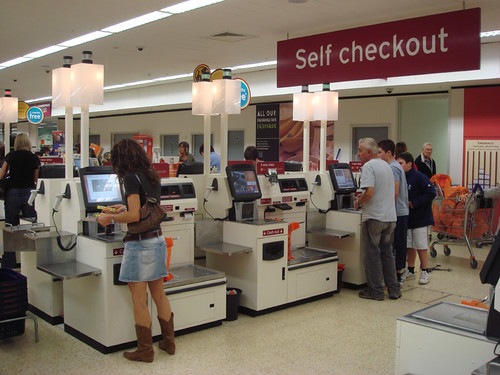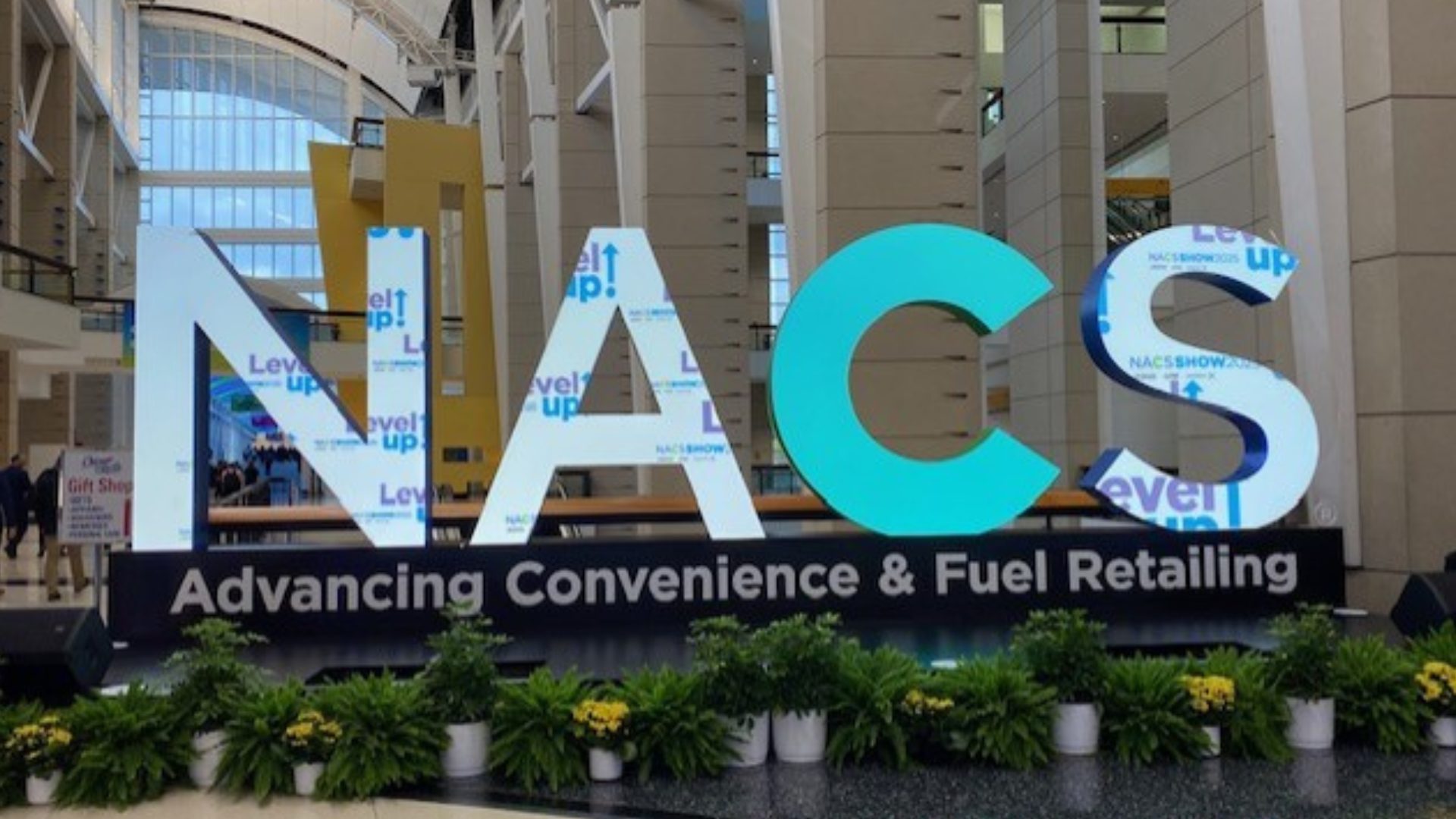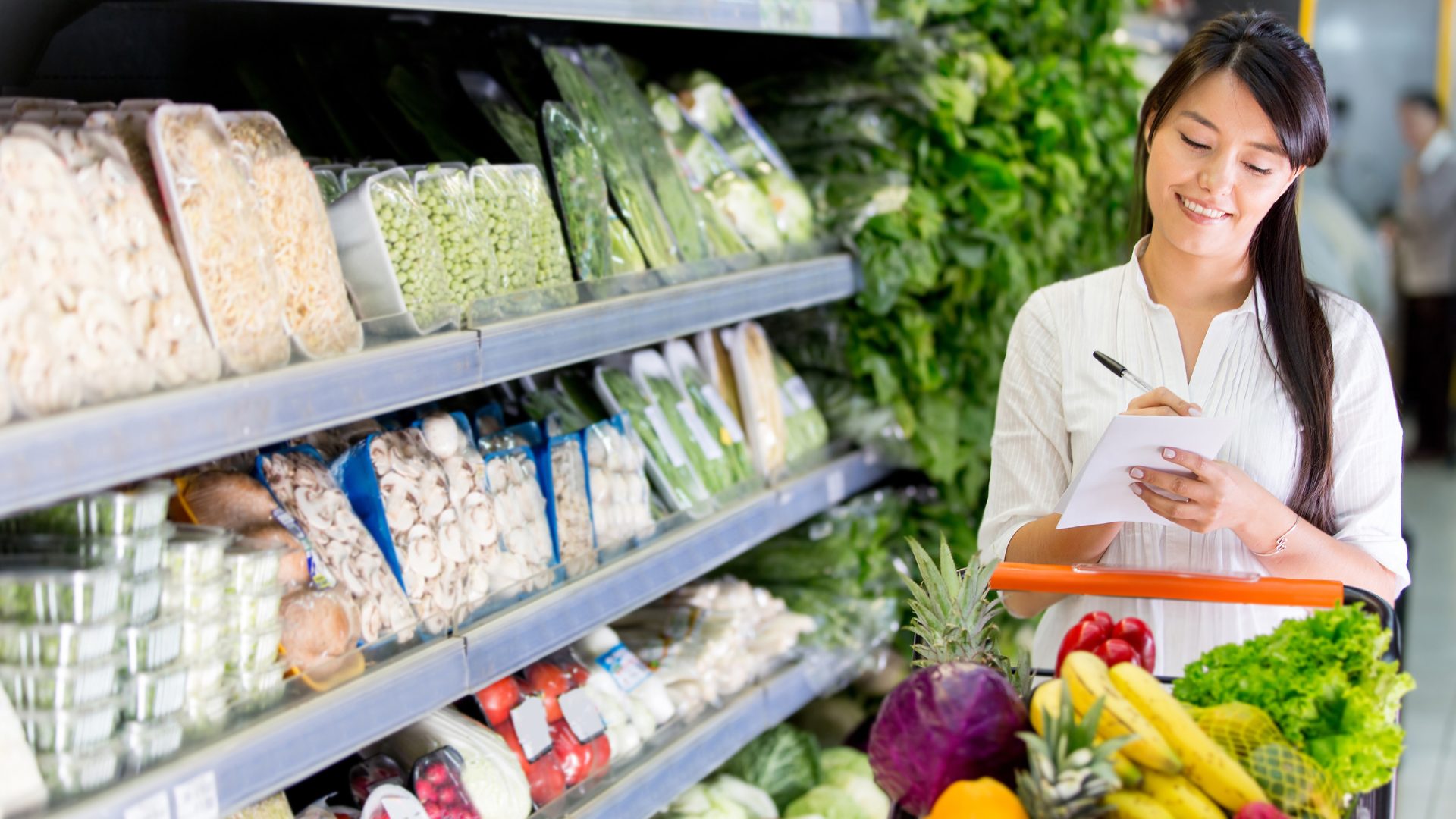Convenience is a high priority for most grocery shoppers, but especially millennials.
Eighty-seven percent of millennial shoppers say convenience is extremely or very important to them, according to a recent Numerator report. That’s 10 points higher than baby boomers, who care about convenience the least compared to other generations.
Here are other key findings from Numerator’s report:
Convenience is in the eye of the beholder
The definition of convenience differs depending on whom you ask. Some shoppers prefer big-box stores with everything they need while others would rather avoid crowds at a smaller location with a familiar layout.
One in five shoppers say store location is the most important factor for a convenient shopping experience. Unsurprisingly, over 75% of all consumers want that store location to be close to home.
Gen Z’s unique lifestyle shapes their preferences
Gen Z shoppers are 20% more likely to live in urban settings and 45% less likely to own a vehicle than older generations. As a result, they place a high premium on stores they can walk to or access via public transportation.
One-in-four Gen Zers say a store located within walking distance is most convenient, compared to just 8% of Gen X and baby boomers.
And when it comes time to pay for their groceries, Gen Z favors the self-checkout aisle more than any other age group. While less than half of consumers overall say self-checkout is important, 60% of Gen Zers think of it as a key component of convenience.
Everybody enjoys online shopping
Overall, consumers consider shopping online to be more convenient than shopping in-store, but each generation has different reasons why.
Millennials are the most likely to prefer online shopping, followed by Gen X. Both groups say that timing flexibility and delivery or pickup options are what makes online shopping most convenient.
Baby boomers consider customer service and home delivery to be the most convenient attributes of online shopping. Meanwhile, online shopping appeals to Gen Z because they can easily apply promotional codes or coupons, readily available on social media via ads and influencer marketing.
Certain items are better bought in-store
Even with the conveniences of online shopping, some items just make more sense to purchase at the store. Most consumers (77%) say it’s more convenient to buy perishable, frozen, or refrigerated grocery items in-store. And nearly half of shoppers (49%) feel the same way about non-perishable food and beverages.
When it comes to other everyday basics, however, many consumers feel that buying online is just as convenient as shopping in-store. When asked about purchasing pet food, 32% of consumers say it is more convenient to buy in-store, 31% would rather buy online, and 37% think either option is equally convenient.
Likewise, 42% of consumers feel baby and toddler items could be purchased conveniently either online or in-store, and 39% of shoppers say the same about personal care products.
The Food Institute Podcast
Click the play button above to listen to the episode.
How do you measure the financial efficiency of a fan-driven food business? Dr. James Richardson, owner of Premium Growth Solutions and author of Ramping Your Brand, joins The Food Institute Podcast to define these types of businesses and how they can succeed. Dr. Richardson pulls on historical and recent examples of these types of businesses, and what common threads contribute to their success.












